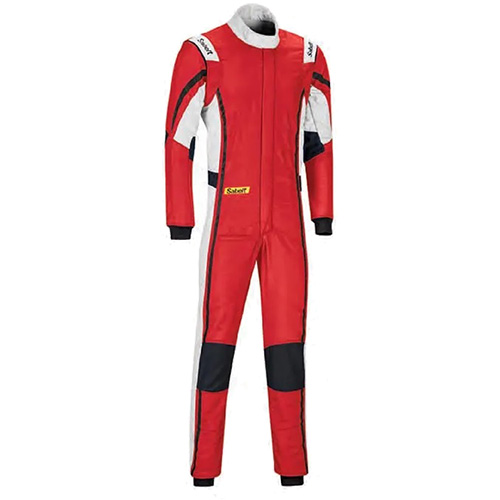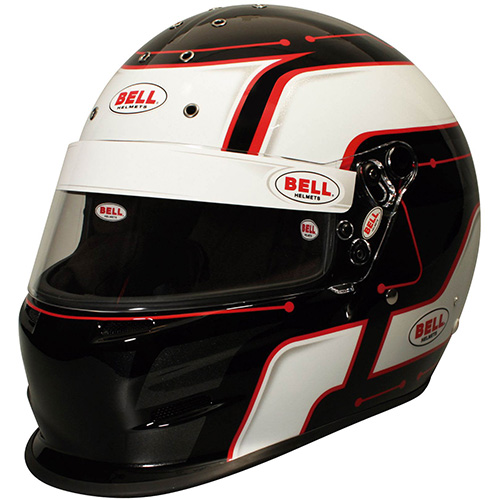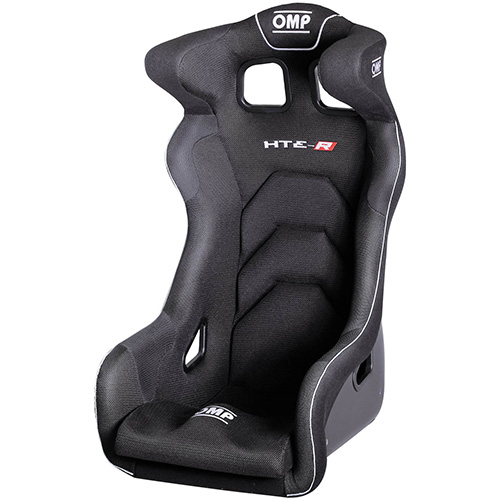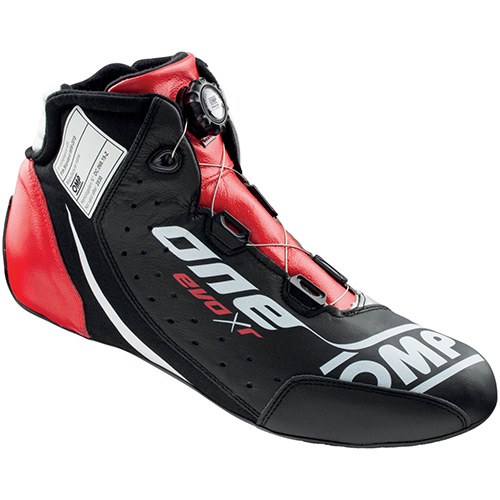Speed Secrets: How To Improve – Part 2
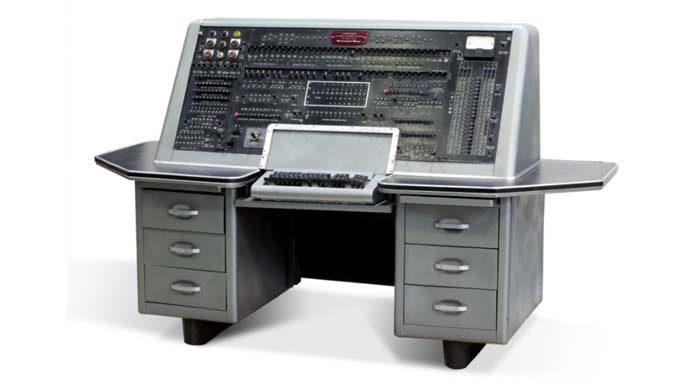
In Part 1, I challenged you to make a list of things you did well last season, and things you need to improve. The overall message I wanted to stress was that if you do the same things you’ve always done to prepare, you’ll get pretty much the same results again this coming season.
So, how do you make changes to your driving? To answer that, let’s look at how we as race drivers perform any activity, including driving a race car. But, let’s do this from the core of the onion – or in this case, the core of ourselves, our brains.
Think of your brain as a computer. As we drive down the track, information from our senses (visual, kinesthetic, and auditory) goes into our brain/computer. Then, our software or programming in our brains processes that information, and we get some form of output. In the case of driving a race car, the output is some form of action or reaction – a physical movement or skill. In other words, the output is your performance.
You’ve heard the computer term “GIGO” – it stands for Garbage In, Garbage Out. If you put garbage into a computer, no matter how good the computer or the software in it, the output will be garbage. Fortunately, the opposite is also true, and the same thing applies to our brains. If we put good information into our brains, we’ll get a good output.
Continuing the computer analogy, you can see how if we could improve the processing speed, our output would be better as well. As an example, if we could upgrade our processor from a Pentium 2 to a Centrino processor, we would process the information quicker, providing a better output.
And of course, if we have better software or programming in our brain/computer, we will also get a better output.
So, a goal should be to improve the quality and quantity of sensory input going into our brain/computer, increase the processing speed, and improve the quality of the software or programming in it. If we can do these things – even one of them – our performance behind the wheel of the car will be better in the up-coming season. Let’s start with the last objective first.
Do you currently use visualization to help improve your driving? There is a true story of an American prisoner of war who was held captive for 5 years. His favorite hobby/sport prior to the war was golf, so during his time in the POW camp, he mentally played a couple of rounds of golf every single day. That is, he saw, felt and heard himself play golf in his mind – every little detail from the way it looked, to how the grass felt as he walked the fairways, to the sound of the club hitting the ball. Upon being released at the end of the war, the first thing he did was go play golf. Guess what? He shot the best round of golf in his life, even though he had not touched his clubs for over five years.
There was another study done with basketball players. All the players were asked to shoot 100 free throws. Each was scored on how many out of the 100 shots they got in. They were then split into three groups. The first group was asked not to touch a basketball for a week. The second group was asked to shoot 100 free throws each day for a week. And the third group was asked to mentally shoot 100 perfect free throws – seeing, feeling and hearing each minute movement of the perfect shot – each day for a week.
After seven days they were measured again. The group that did not touch a basketball did not improve one bit. No surprise. The group that practiced shooting 100 free throws each day improved 23%. Again, no surprise. The group that only practiced shooting 100 perfect free throws in their minds each day improved 22%. Surprised? You shouldn’t be.
Through the use of mental imagery, you can improve the quality of your software or programming in your brain/computer.
The best race drivers that I know of commit to spending time every single day to do some mental programming. Everything you want to change for next year, or everything you want to do more of for next season, can be programmed in this way. I want to emphasize this: everything you do well in your life, and especially driving a race car, is due to the programming in your brain/computer. And if you can’t do something in your mind, you’ll never be able to do it physically.
SIDEBAR
There is a big difference between mental programming and just thinking about something. Thinking is done at the conscious level, whereas mental programming affects your subconscious.
To most effectively program your brain/computer, you must get yourself in a relaxed state. Again, this is not consciously thinking about something. Sit comfortably in a chair, or better yet your race car, close your eyes and allow yourself to relax. Breathe slowly and fully. Feel yourself sink into the chair or seat as your muscles relax. Your ultimate goal is to get into that state you experience just before falling asleep.
Once you get to that relaxed state, then you can begin to program your driving. If you notice, I’ve not said “visualize.” That is what most people do when they claim to be mental programming. While it’s a good start, it’s not complete, nor most effective. Rather, think about “actualizing” rather than visualizing. What do I mean by that? I mean using more senses than just the visual.
When you drive you rely heavily on your visual, kinesthetic (feel, touch, balance and sense of g-forces), and auditory (hearing) senses. So, to make mental programming most effective, use all three. In addition to just seeing yourself driving the car, feel the vibrations and forces back through the steering wheel, the g-forces pushing against your body, the pitch and roll of the chassis, and the balance of the car. Hear the engine, the sound of air rushing past the car or your helmet, the sound of the tires and brakes.
The more senses you get involved in your mental programming, the more effective it will be, as proven by the example of the golfer in the main body of the article.
Ross Bentley
For more information about Ross’s tips, coaching, eCourses, newsletter, Virtual Track Walk videos, and other resources to help you drive at your best go to www.SpeedSecrets.com
Looking for a pro driver development series that will help you identify and work on your driving, will do less damage to the bank than most, and offers serious prize money? Check out the Spec MX-5 Challenge: https://specmx-5.com
